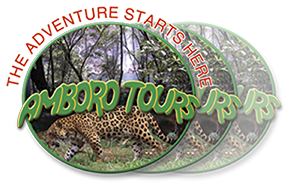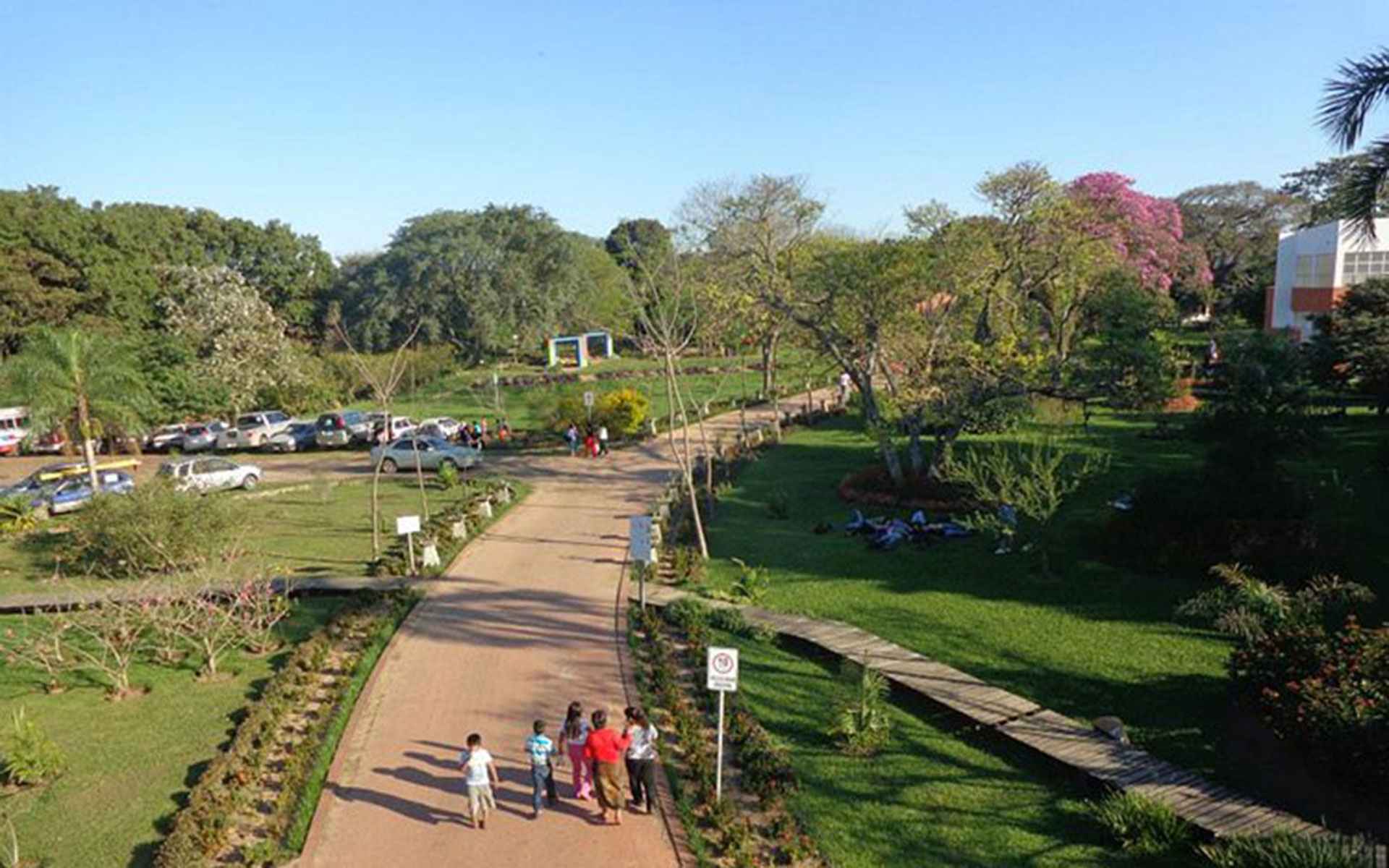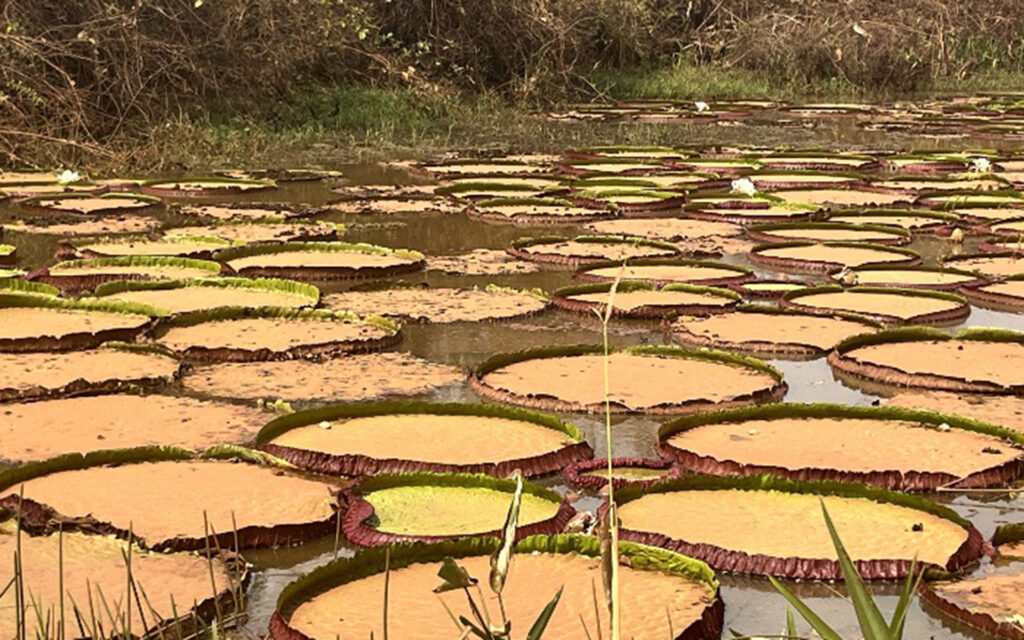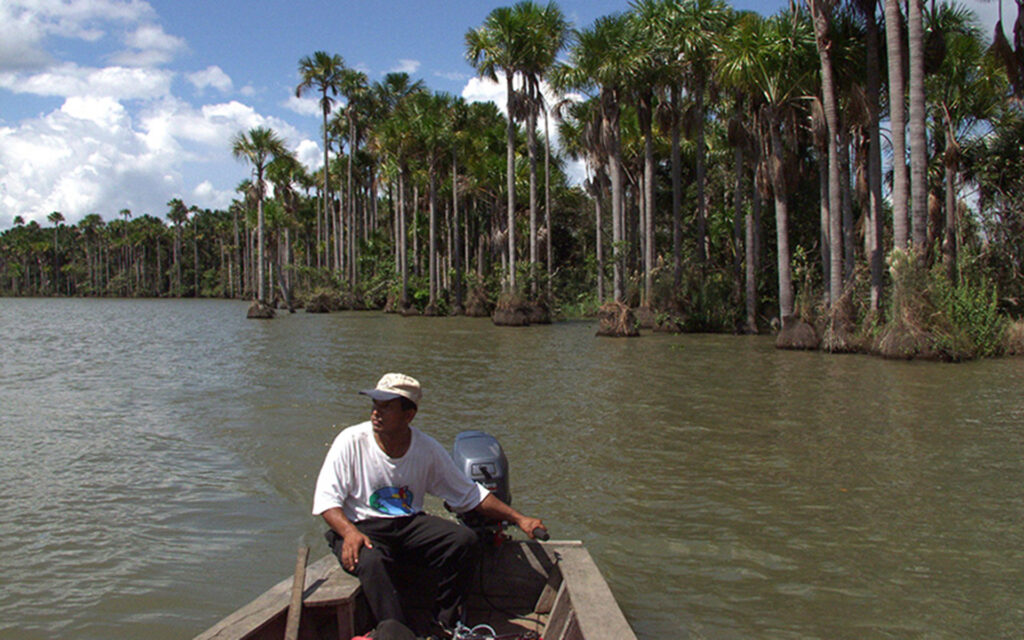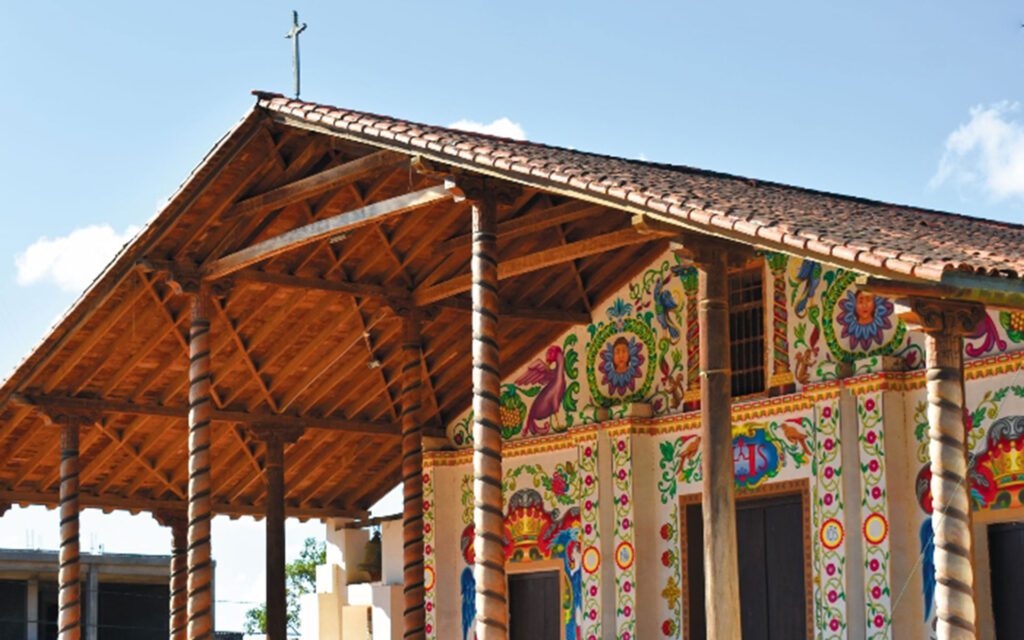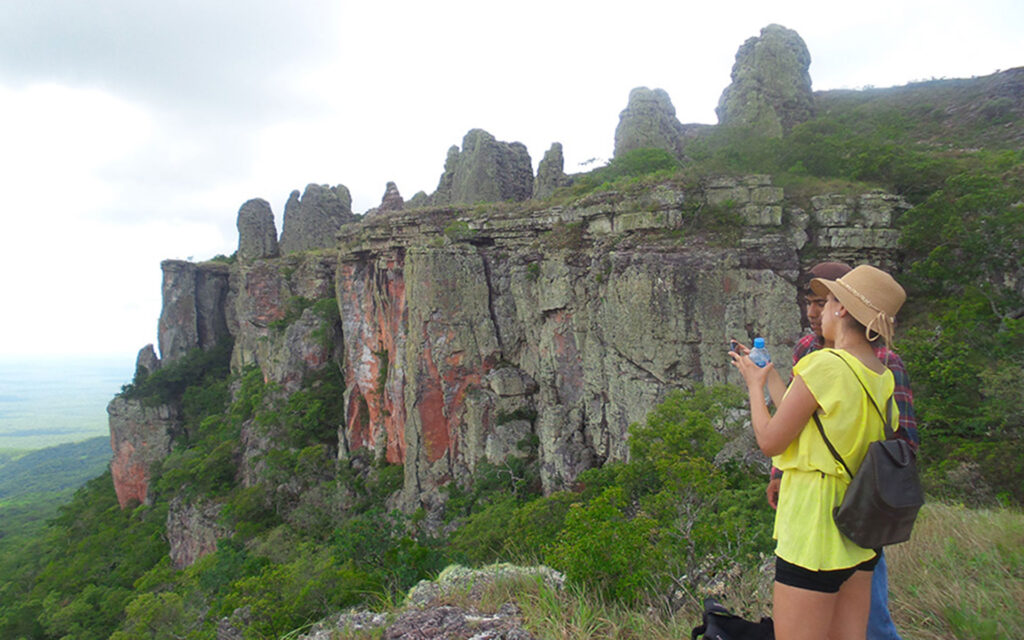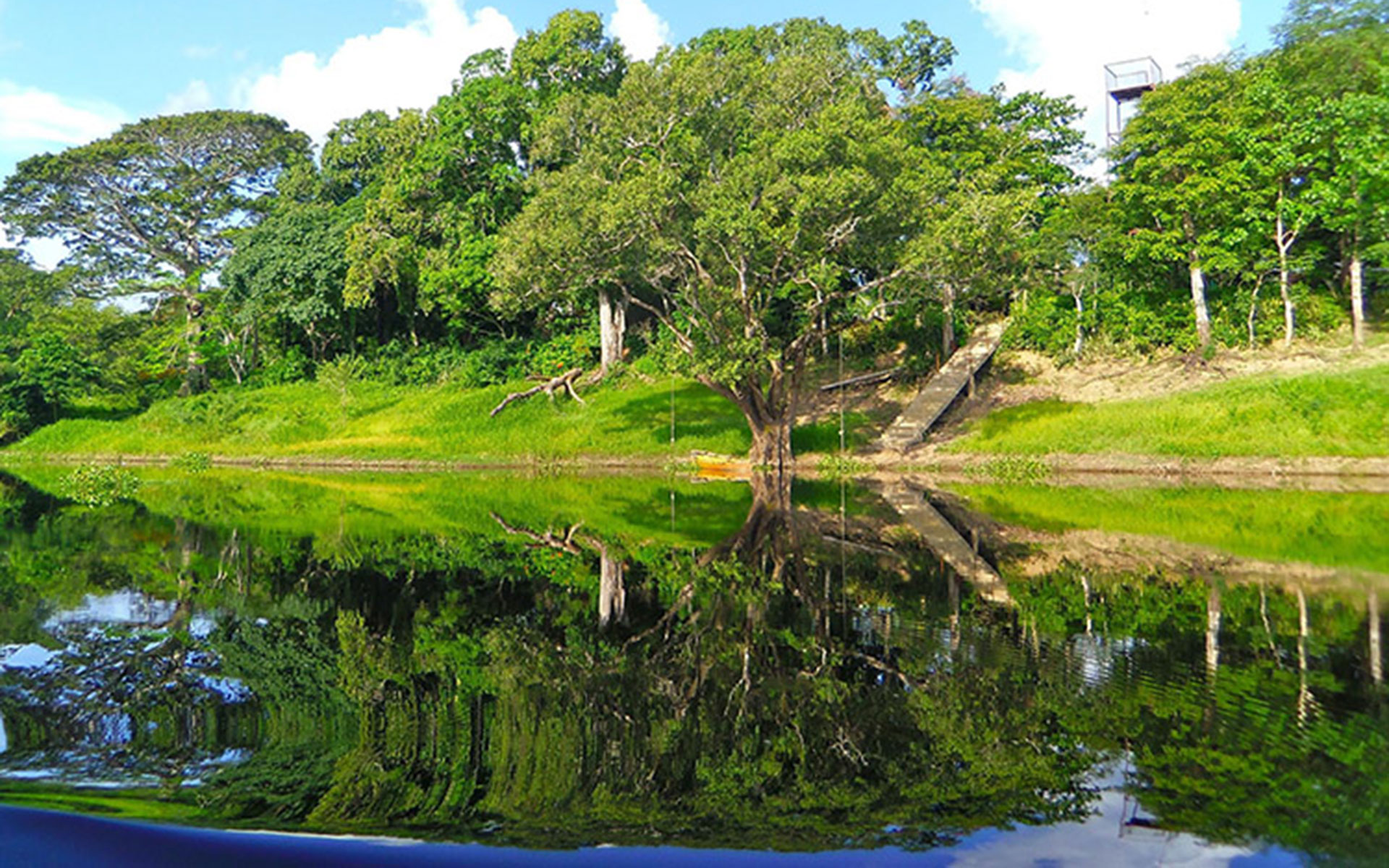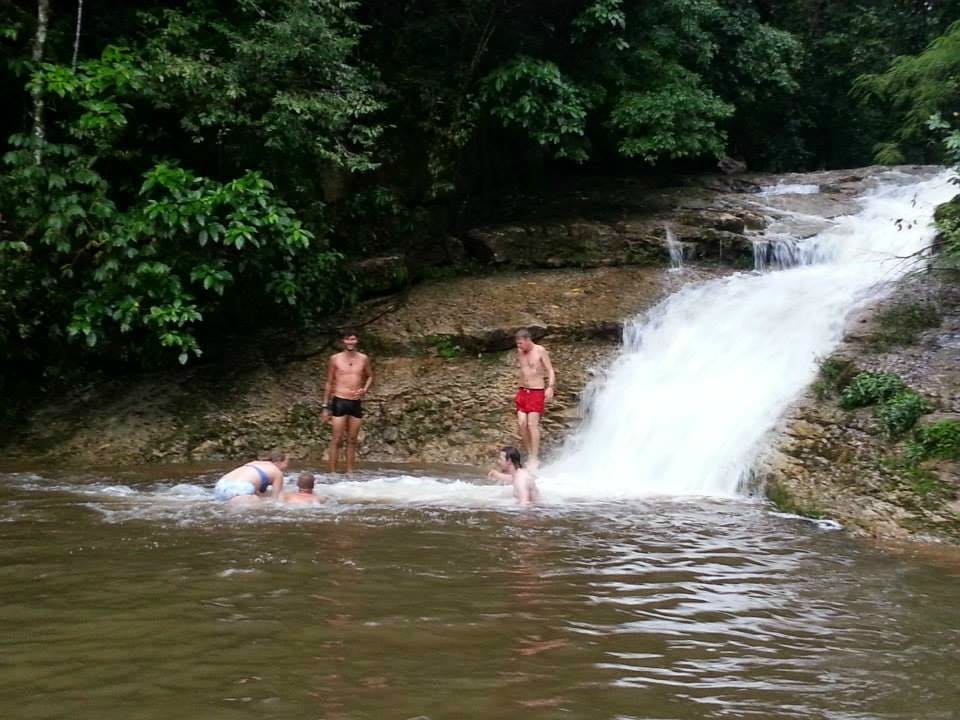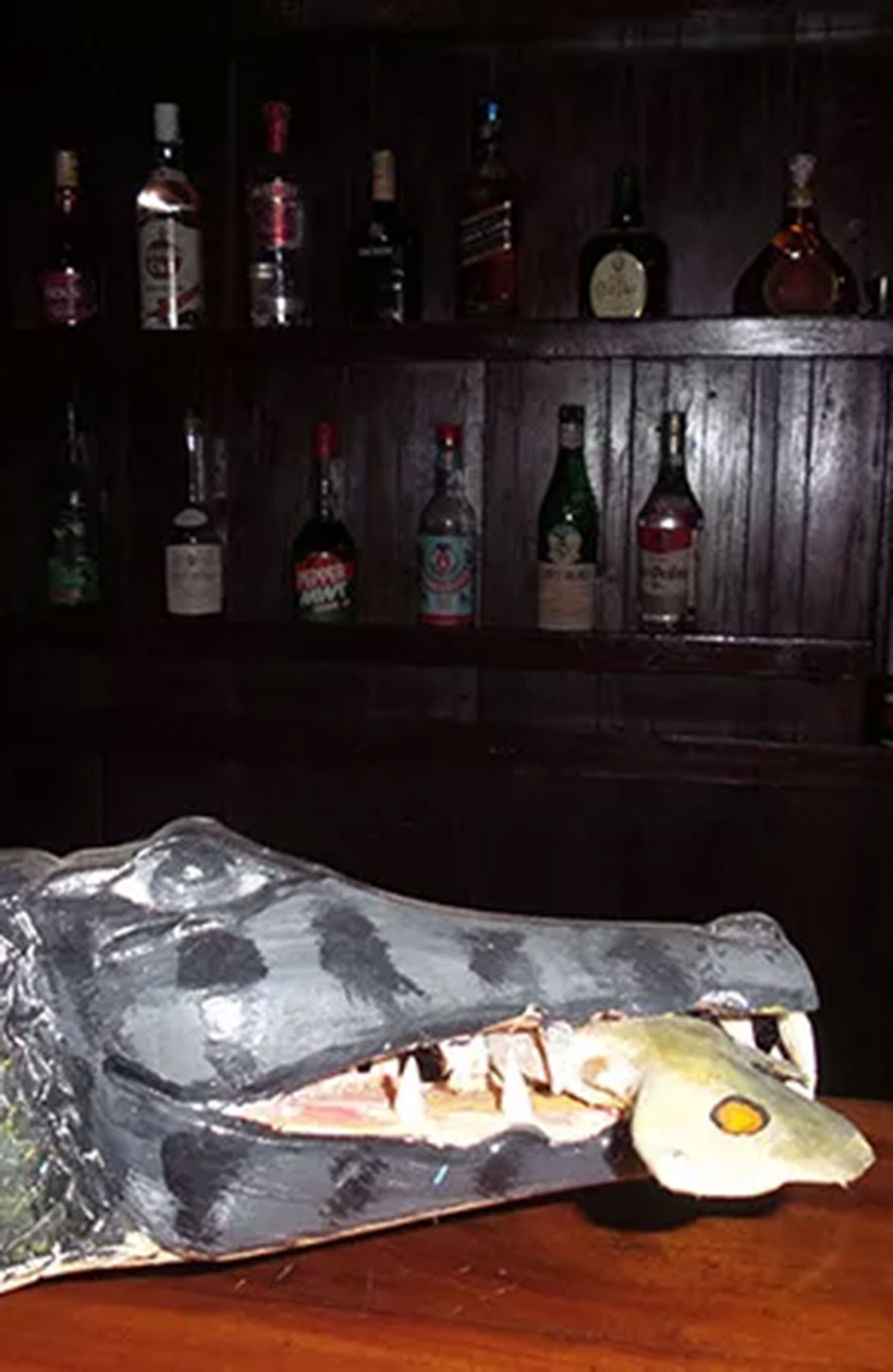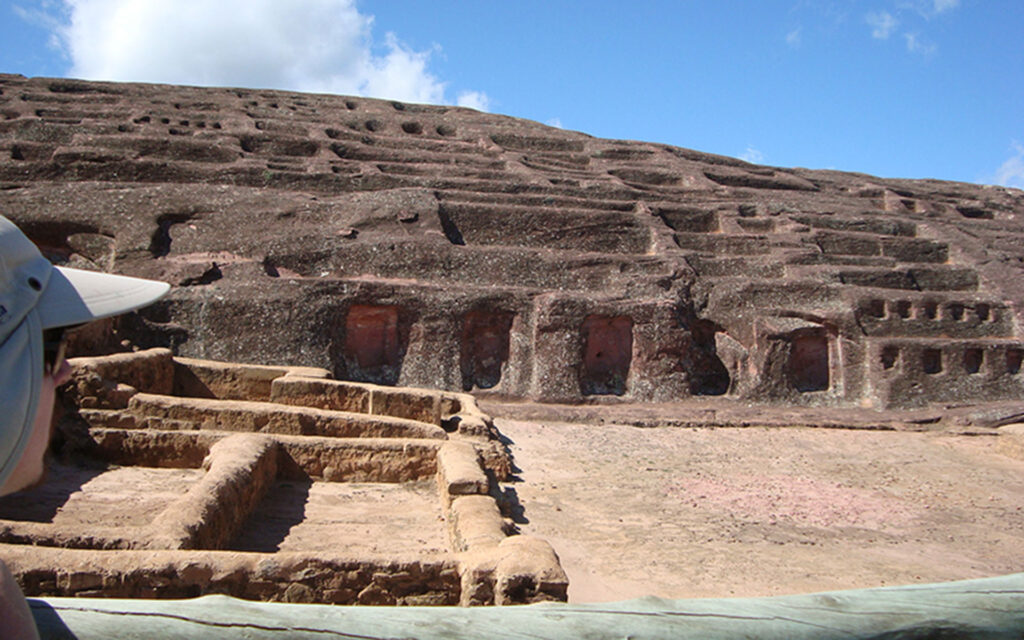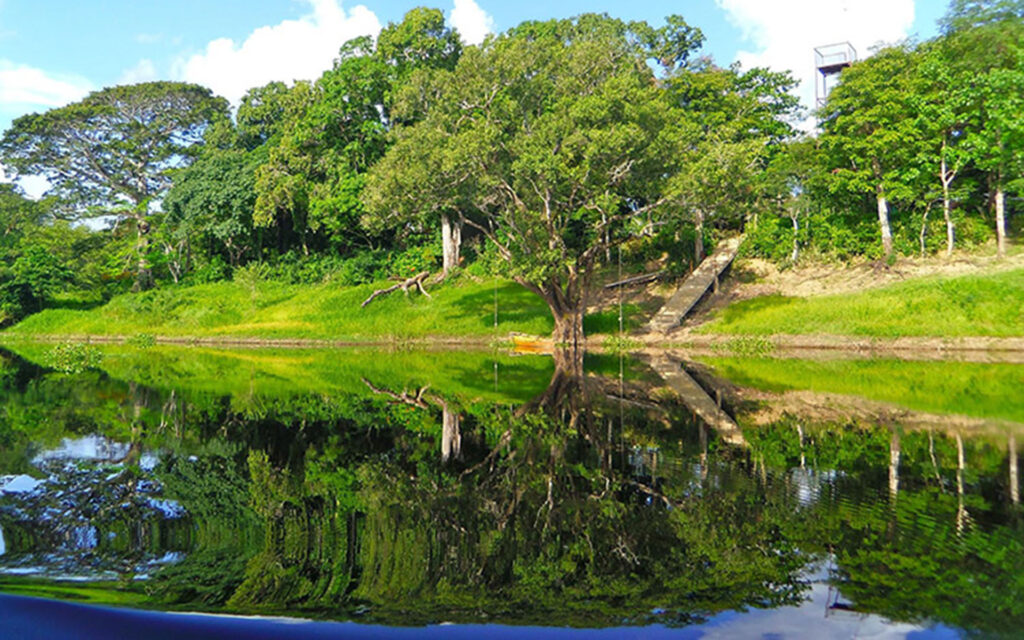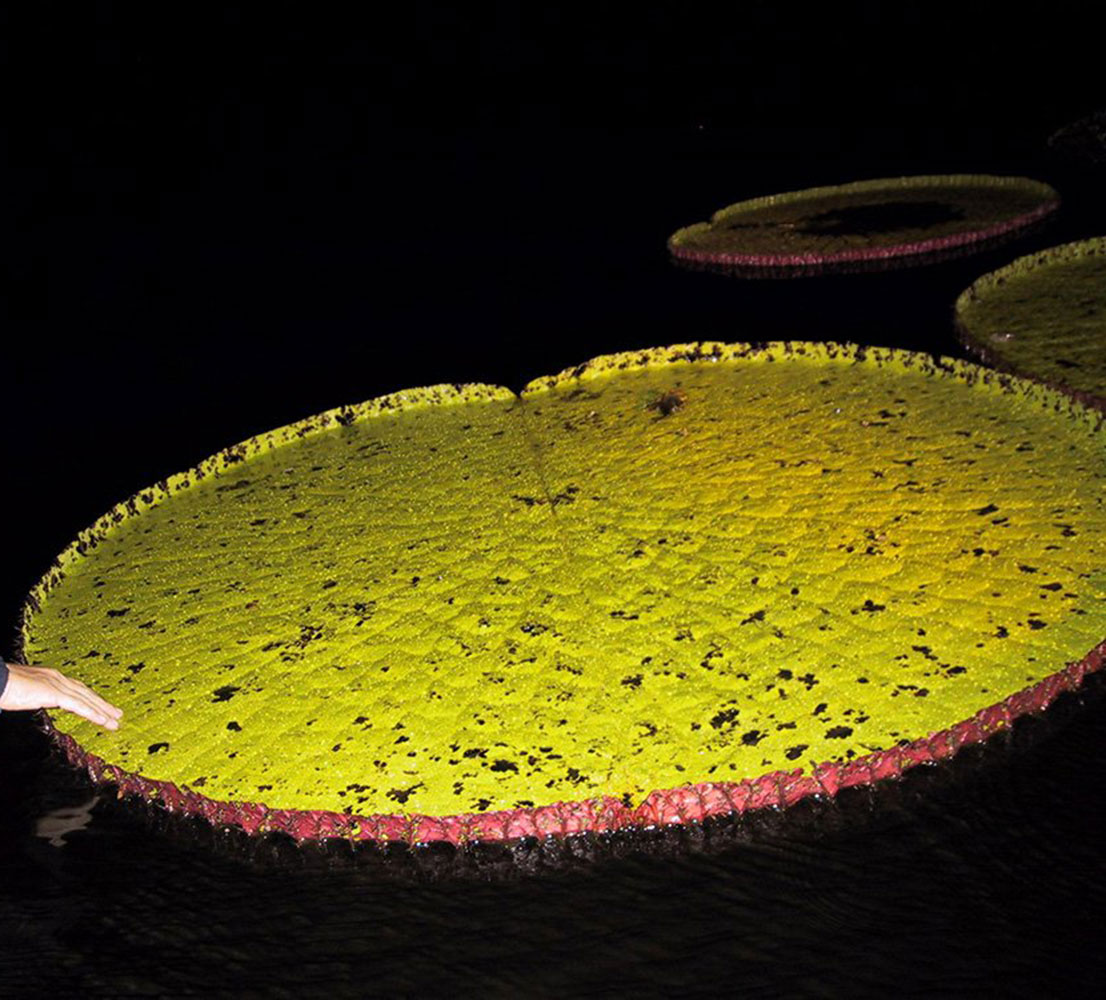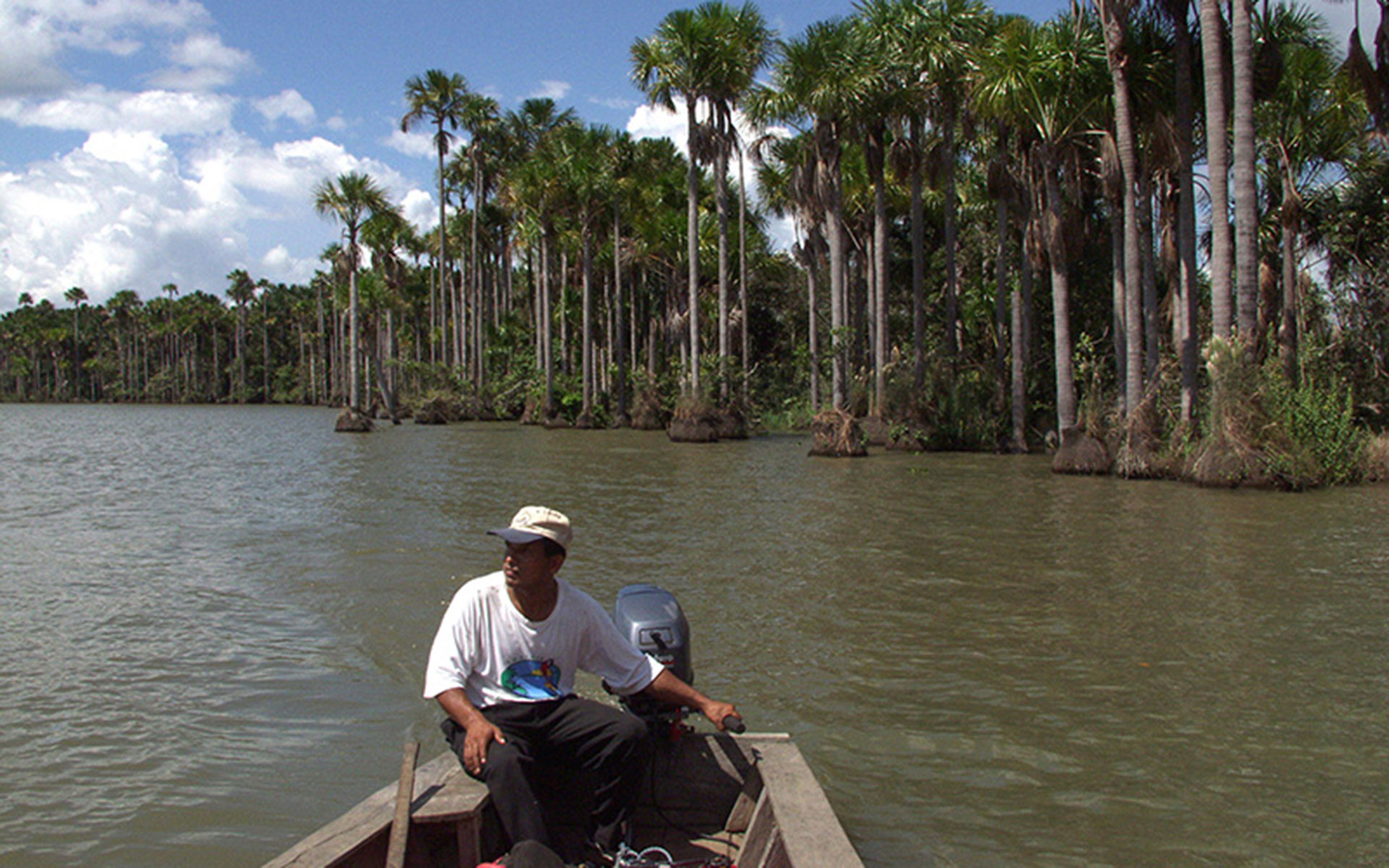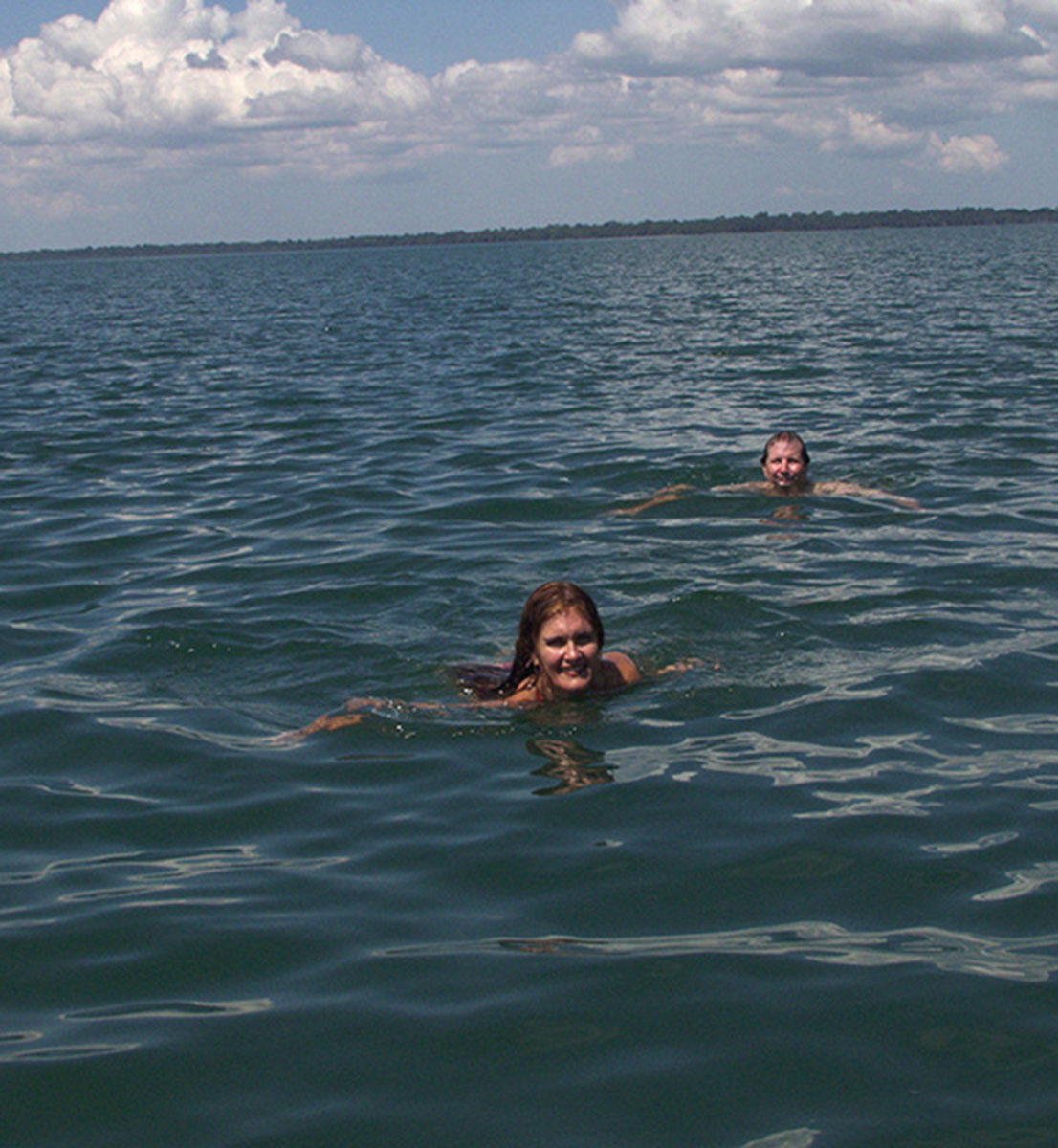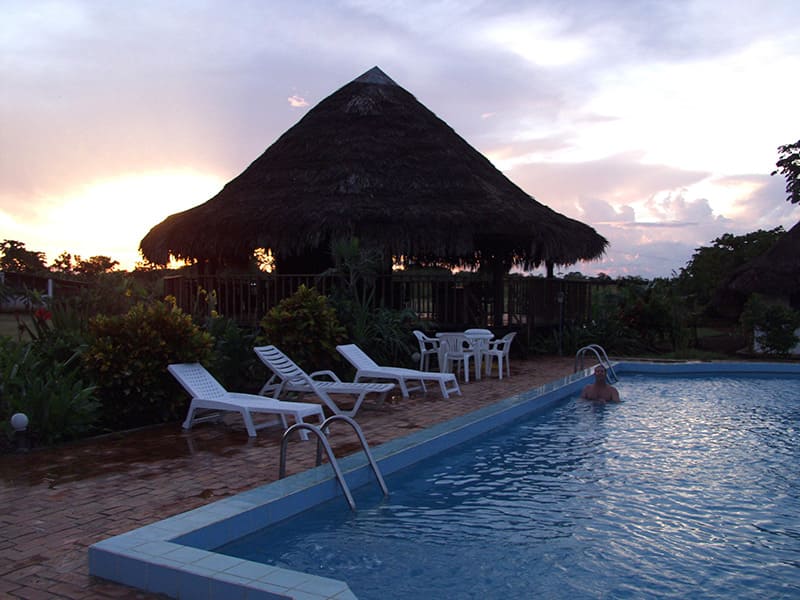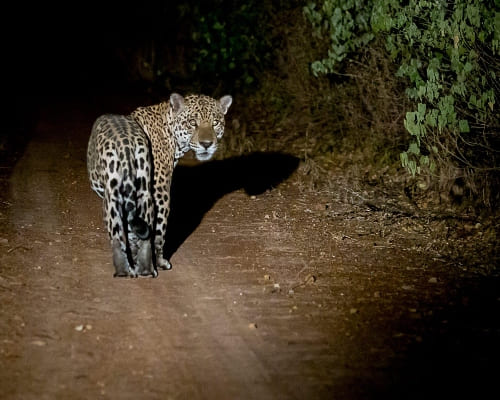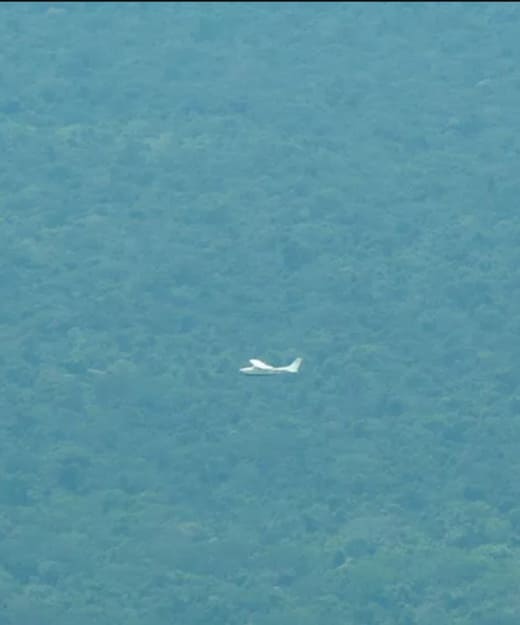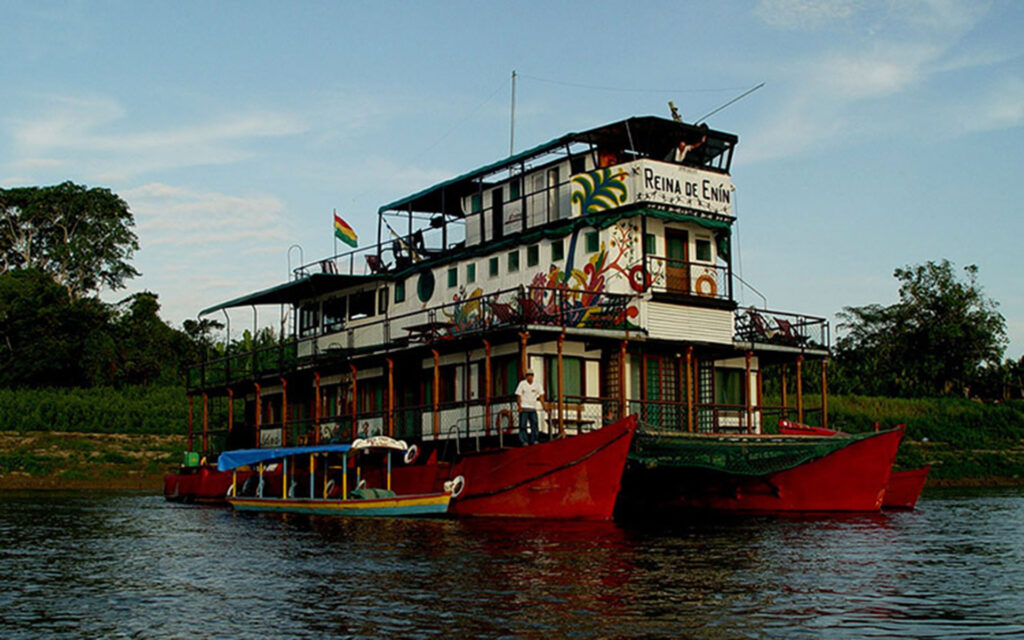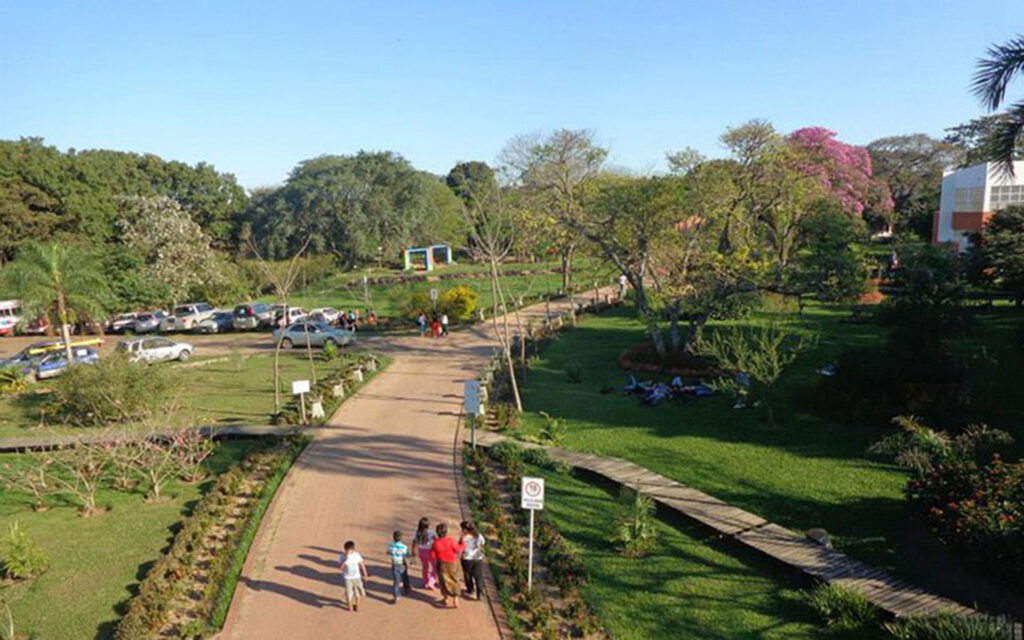Botanischer Gartenv on Santa Cruz Bolivien
- Open: Monday-Sunday 9 a.m. to 5 p.m.
Aktie:
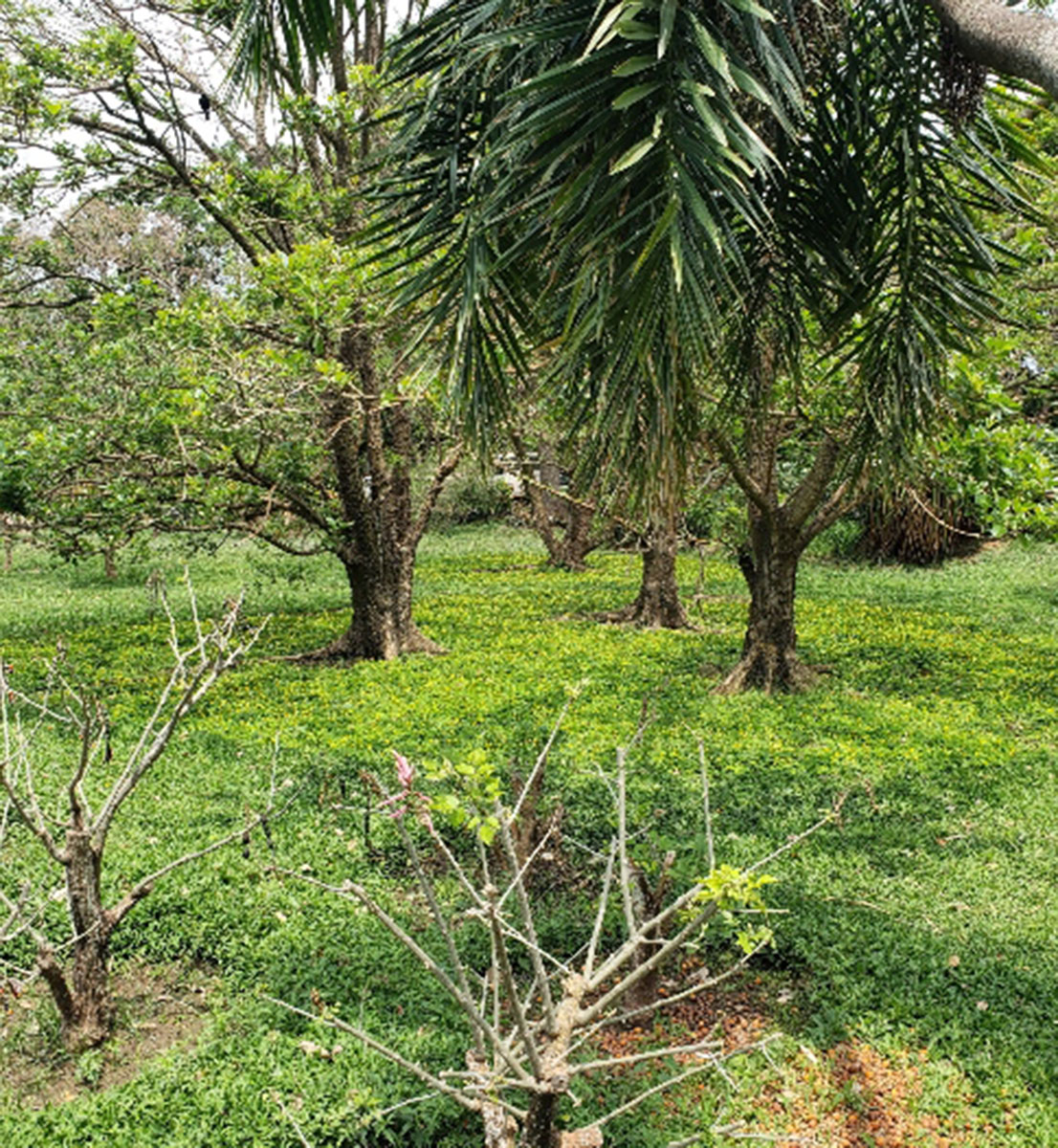
Botanischer Garten von
Santa Cruz Bolivien
Der BBotanischer Garten von Santa Cruz Bolivien ist ein 217 Hektar großes Botanischer Garten in der Stadt Santa Cruz de la Sierra, Bolivien. Er ist Mitglied der Asociación de Jardines Botánicos de Latinoamérica y del Caribe (ALCJB) und trägt zur Internationalen Agenda für den Schutz in Botanischen Gärten bei. Seine internationale institutionelle botanische Kennung ist SCRUZ.
Lage: Er befindet sich an der Straße nach Cotoca, Km 8,5. Der Botanische Garten hat eine Höhe von 375 m über dem Meeresspiegel.
Klima: Subhumides, pluvial-saisonal tropisches Klima mit Regenzeit (November bis April) und Trockenzeit (Mai bis Oktober).
Topografie: Ebene Landschaft, durchzogen vom Guapilo Bach.
Vegetation: Halbimmergrüner Tieflandwald mit mäßig durchlässigen Böden.
Es gibt eine kleine Eintrittsgebühr.
Öffnungszeiten: Täglich von 8:00 bis 18:00 Uhr, einschließlich an Feiertagen.
Der botanische Garten von Santa Cruz, Bolivien, hat zum Ziel, die große floristische und faunistische Vielfalt von Santa Cruz zu bewahren und zu präsentieren. Der botanische Garten soll als einzigartige ökologische Referenz gelten, die die Unterstützung aller Naturfreunde verdient.
Der semideziduale Tieflandregenwald und der saisonal überschwemmte Chaco-Wald des Departements Santa Cruz sind die beiden großen Pflanzenformationen, die im 186 Hektar großen Garten zusammenkommen und einen Teil der großen Schönheit des bolivianischen Ostens repräsentieren.
Technisch-wissenschaftliche Forschung, die Sammlung und taxonomische Klassifikation von Exemplaren sowie die Vermehrung einzigartiger Arten sind Maßnahmen, die wir entwickeln, um die Bereicherung und den Fortbestand dieser privilegierten Region zu gewährleisten. Wir fördern die Erholung mit einem programmatischen und systematischen Ansatz für unsere Besucher. Ein institutionelles Ziel ist die Umwelterziehung, wofür die Beteiligung von Schulen, Universitäten, Institutionen und Unternehmen wichtig ist. Sie sollten die Hauptakteure sein, um Strategien zum Schutz unserer Umwelt zu definieren und zu übertragen, indem sie Räume in ihre eigenen Programme integrieren, die Schulungen und Zusammenarbeit im Botanischen Garten beinhalten, mit den Zielgruppen, die sie betreuen. Dafür stehen uns verschiedene Umgebungen, Auditorien und andere Einrichtungen zur Verfügung.
Flora des Botanischen Gartens von Santa Cruz, Bolivien
Der Botanische Garten von Santa Cruz enthält:
Chaco-Wald mit Grasflächen und saisonal überschwemmten kleinen Bäumen. Die Vegetation besteht aus stacheligen Bäumen und charakteristischen Kakteen.
Übergangswald, mit niedrigem und dünnem Wald, einem Gebiet mit mittlerer Vegetation zwischen Chaco-Wald und subtropischem Wald, das das größte Gebiet im Botanischen Garten ist. Hier finden sich Pflanzen, die sich an die saisonale Trockenheit im Waldboden und auf den Ästen der Bäume anpassen.
Lagune, in der wir Wasserpflanzen, Wasservögel und Zugvögel bewundern können.
Botanischer Garten von Santa Cruz Bolivien Einrichtungen
Der Botanische Garten bietet folgendes an:
- Ökologische Spaziergänge. Eine einzigartige Erfahrung.
- Campingplatz.
- Grillplatz.
- Auditorium für 80 Personen mit Klimaanlage und Sound.
- Ökologische Wanderwege.
- Verkauf von Pflanzen und organischen Düngemitteln.
- Aussichtspunkte.
- Weitläufige Gärten.
- Orchideenhäuser.
- Spielbereich.
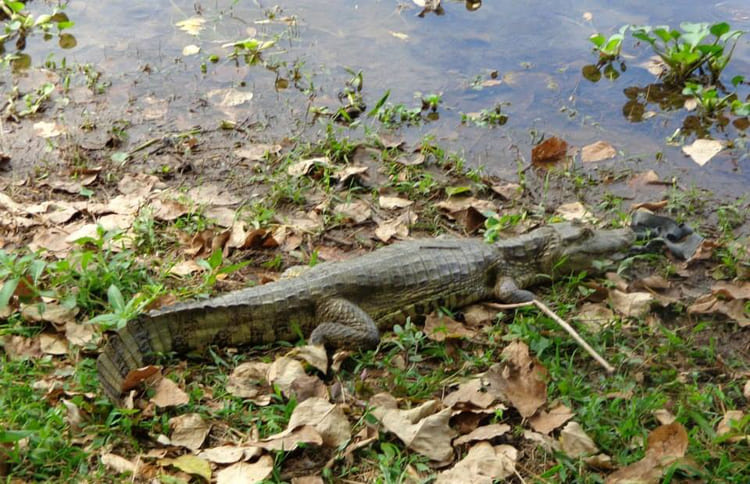
Was mitzubringen?
Botanischer Garten von Santa Cruz Bolivien
Was mitzubringen:
- Eine Kappe oder Hut (nicht unter Bäumen oder Ästen verwenden)
- Regenmantel
- Insektenschutzmittel
- Langärmliges Hemd und helle Hosen (Mücken werden besonders von dunklen Farben angezogen)
- Reisepass (Original) oder gültige Ausweisdokumente in Bolivien
- Plastiktüten, um zu schützen, was nicht nass werden soll
- Trekking-Schuhe oder andere geeignete Schuhe
- Bringen Sie Ihr eigenes Trinkwasser und Essen mit
Wanderwege:
Die Wanderwege; die meisten Wege sind nicht markiert. Fordern Sie an der Eingangstür eine Karte der Wege an.
